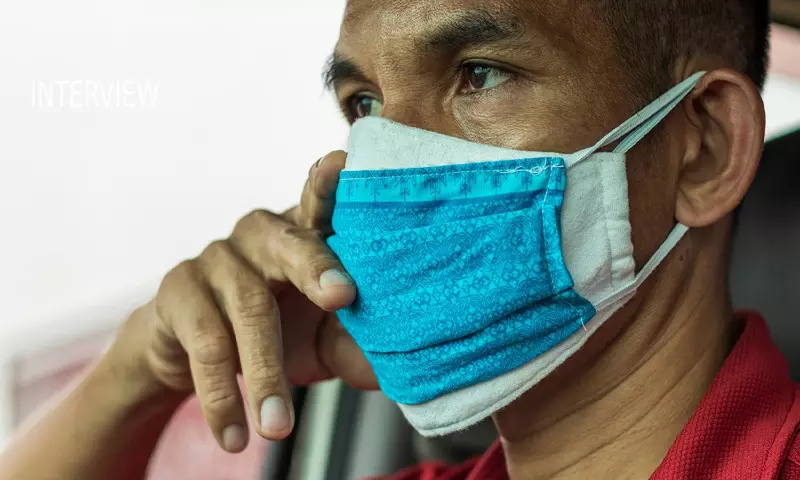Having fever, body pains and other symptoms typical of COVID? Here is what you should do
By Newsmeter Network
What can a person do when he or she develops symptoms that are typical of COVID? If possible book the online consultation with a doctor as soon as possible.
Meanwhile, he or she can take the following steps. (Please note that it is general information and would not replace your doctor's advice).
First week:
When you have symptoms or suspicion of having been exposed to the virus, immediately isolate yourself from the rest of the family members. Keep the door of your room closed and keep all the windows wide open. In well-ventilated rooms, the viral spread will be minimized. Wear a double mask when you need to interact with any person. However, minimize interaction. Do not rush for RT PCR and CT scans unless your doctor asks for them. Assume by now that your family members you were in close contact with may have been already exposed.
-Keep thermometer, pulse oximeter, and respirometer handy.
-Please start noting down symptoms from day 1. You may have one or more symptoms. These include fever, sore throat, diarrhea, loss of smell and taste, cough, cold, skin rash, cold, breathlessness, headache, body pains, backache, weakness, diarrhea and vomiting, etc.
Keep checking temperature and oxygen saturation. Note it down accordingly.
-Check oxygen saturation when you are resting. Insert middle finger in the oximeter and note down readings once the waves on the display stabilize. After 6 min walking, take oxygen reading again. You continue to do it every 6 hours and until the 15th day of your symptom onset. If you are weak, check your oxygen level while at rest.
-Drink a lot of fluids. It may include buttermilk, coconut water, and water. Eat easily digestible food of your choice.
After 5th day of symptom onset:
Run these tests:
-CBC
-CRP
-LDH
-Ferritin
-D dimer
-Random blood sugar
-Creatinine
( Note: The test results should be handy when you are ready to consult the doctor. Apart from the test reports, your age, other comorbidities and your symptom severity will be considered to treat you by your physician).
Second Week:
From day 5 to 12 the symptoms may worsen in some people. So one should be alert and check the following.
-Temperature every 6 hours if you continue to have a fever.
-Oxygen saturation at rest after four hours. Six hourly after a brisk walk.
-After brisk walk, the oxygen saturation increases from baseline (if your baseline 98, if it increases to 99 and 100, it is good), if it remains the same, it is ok. If starts reducing (5%) from your baseline, you need to be alert
-You may do the following to increase your oxygen saturation.
-Lung exercises using a spirometer (3 balls)
-Lying on prone position
-Pranayamam such as Om and Brahmani.
-Any lung exercises physiotherapist recommends.
-If the oxygen saturation level is still falling and reached 94 at rest and reducing after 6-minute walking, your doctor may put on some medication. Continue breathing exercise and prone position until you are alright.
-Please note that after the 10th day of your symptom onset you are not infectious anymore.
-Do not rush for RT PCR and CTscan as they do not change the treatment plan unless your doctor asks. Rather, the blood tests mentioned here, are important. Do not panic as most of the patients recover at home. Many experts say better to be calm to recover fast.
The author is Dr Jayanthi Undamatla, an expert on Molecular Virology and Genetic disorders diagnosis